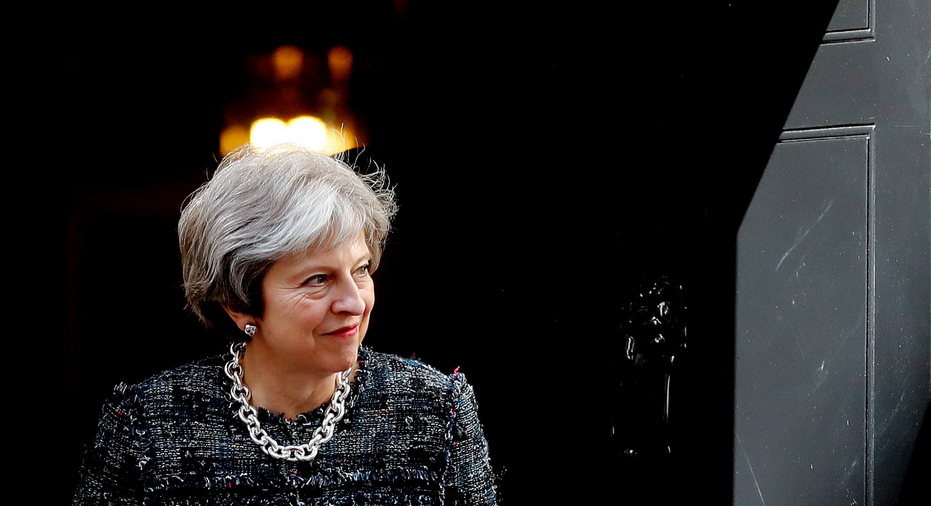Snow only partly to blame for sharp UK growth slowdown

LONDON – The British economy slowed sharply in the first quarter of the year, official figures showed Friday, reining in expectations that the Bank of England will hike interest rates again next month and renewing concerns about the health of the economy less than a year from Brexit.
In its preliminary snapshot of the economy during the January to March period, the Office for National Statistics found that quarterly growth slowed to 0.1 percent, its weakest since the end of 2012, from 0.4 percent in the previous three-month period.
A slowdown had been expected in light of cold and snowy conditions during much of the quarter, but the scale of the decline was a surprise and prompted a sharp fall in the value of the pound to seven-week lows. It was down 0.9 percent at $1.3790.
In fact, the agency said the weather conditions, largely associated with what became termed the "Beast from the East" in late February and much of March, were "generally small." While clearly affecting construction sector, which saw output slump by 3.3 percent during the quarter, other parts of the economy, like energy and online sales, benefited.
The slowdown has further cemented Britain's place in the slow lane of major economies. Before the country voted to leave the European Union in June 2016, it was one of the fastest-growing Group of Seven economies, now it's one of the slowest with Brexit uncertainty one the reasons why.
"After the initial boost to growth associated to the fall of the pound, the U.K. economy considerably under-performed with respect to its European partners last year and shows all the signs of heading for the same trend this year," said Ivan Petrella, Associate Professor of Economic Modelling & Forecasting at Warwick Business School
Britain is due to leave the EU in March 2019 but it's still unclear how it will do so and that has weighed on business sentiment in particular. Though the two sides have agreed on the outlines of a transition deal after Brexit whereby Britain remains in the tariff-free single market and customs union until the end of 2020, it will only come into force a wider divorce agreement is reached.
Given the near-stagnation in the first quarter, expectations that the Bank of England will raise its main interest rate by another quarter-point on May 10 have been sharply reduced, if not quite extinguished. Investors gave it a 90 percent chance last week, which has now fallen to 25 percent.
The central bank had put markets on notice that a rate hike in May was possible as it tries to bring inflation down. However, figures last week showed inflation fell more sharply than anticipated to 2.5 percent in March. Though still above the bank's target, it's heading in the right way.
"It now looks more likely than not that the bank will opt to wait until August to buy more time to see how things evolve," said James Smith, developed markets economist at ING. "But policymakers will also be acutely aware that this might be one of the best opportunities they get to raise rates this year."



















